

The video by Ruby and Arielle of the The Happy Sunshine Family echoes Mary Shelley's story of the monster, who just wants to "be with his family."
Midway into this remarkable tale, the monster meets his creator, his twin, Victor Frankenstein. They are on the sublime summit of Montanvert, at the edge of a tremendous, ever-moving glacier, where the abhorred creation begs to tell his story: "Let your compassion be moved, and do not disdain me. Listen to my tale: when you have heard that, abandon or commiserate me, as you judge that I deserve."
Shelley's monster tells his story to his "father-creator," revealing his anguish, anxiety, and self-loathing. (The same self-loathing Victor describes throughout the book when despairing over his compulsion to create the monster in the first place.) He also reveals his poignant desire to be accepted, protected, and loved.
In the middle, most interesting section of Frankenstein, Shelley lays bare the interior life of the monster. He fully describes what it is like to be oppressed, excommunicated, judged on the basis of his appearance, and instantly, physically abhorred by human society.
Despite his own fear and revulsion on seeing his own image, he hides in a hovel attached to the cottage of several humans: a blind, kind father, and brother and sister Felix and Agatha. The monster painstakingly pieces together their story, feeling misery on their behalf. He comes to love them, calls them his Protectors, and embarks on a regime of dedicated self-improvement in hopes of becoming more fully assimilated and human.
First, he must teach himself to speak their language, listening through a chink in the hovel wall as Felix reads to his Arabian love, Safie, from Volney's Ruin of Empires. (There is a fascinating subplot involving the perils of marriage across European and Turkish cultural prohibitions.) Then he teaches himself to read from a parcel of remarkably relevant books found along the road – Milton's Paradise Lost, a volume of Plutarch's Lives, and Goethe's The Sorrows of Werther. He enjoys the happiest hours of his life while engaged in self-study hidden on the just other side of the living room inhabited by the unsuspecting family. He sometimes leaves them gifts of food or performs helpful tasks, clearing their pathway of snow or supplying them with fuel from the forest.
The monster hopes to eventually reveal himself to his Protectors and win their trust and affection. He is able to do so, finally, in an interview with the blind father, but when the others come home they respond with instanteous horror. Felix strikes him "with supernatural force," and so the monster quits the cottage, despairing of ever winning a welcome entry to the home of his neighbors. When they abandon the cottage, in fear, he burns it down.
Ruby and Arielle have captured the frame of this (yes, disturbing) story in their video. The Playmobil® characters wear perpetually serene Happy Sunshine smiles – even the rejected twin, who "triumphs" in the end by initiating the self-destruction of his family. It's an arresting tale, and no moral is imposed. It taps into an archetypal theme: that of loving (or fearing) your neighbor as both yourself and Other. The twin in the basement is the Return of the Repressed.
































































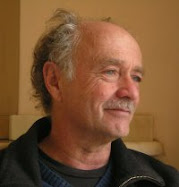











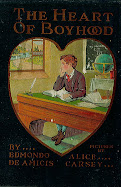


























































.jpg)














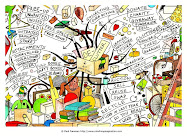









































































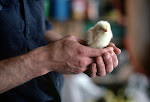

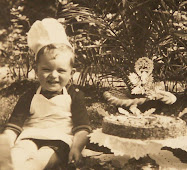














































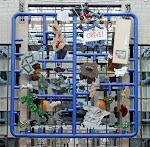.jpg)








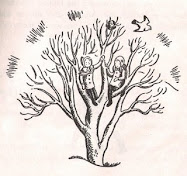







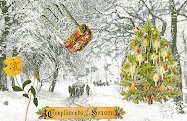



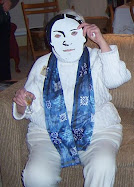





















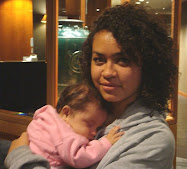






























































2 comments:
...can't keep up with you Elenabella!! Of course I am totally taken with the happy Sunshine Family re-do of the archaic horror tale...
I love the matter-of-fact way Ruby and Arielle retell the tale: a sweet voice, complete with amusement at the absurdity of the tale and those perpetual smiles...
Post a Comment